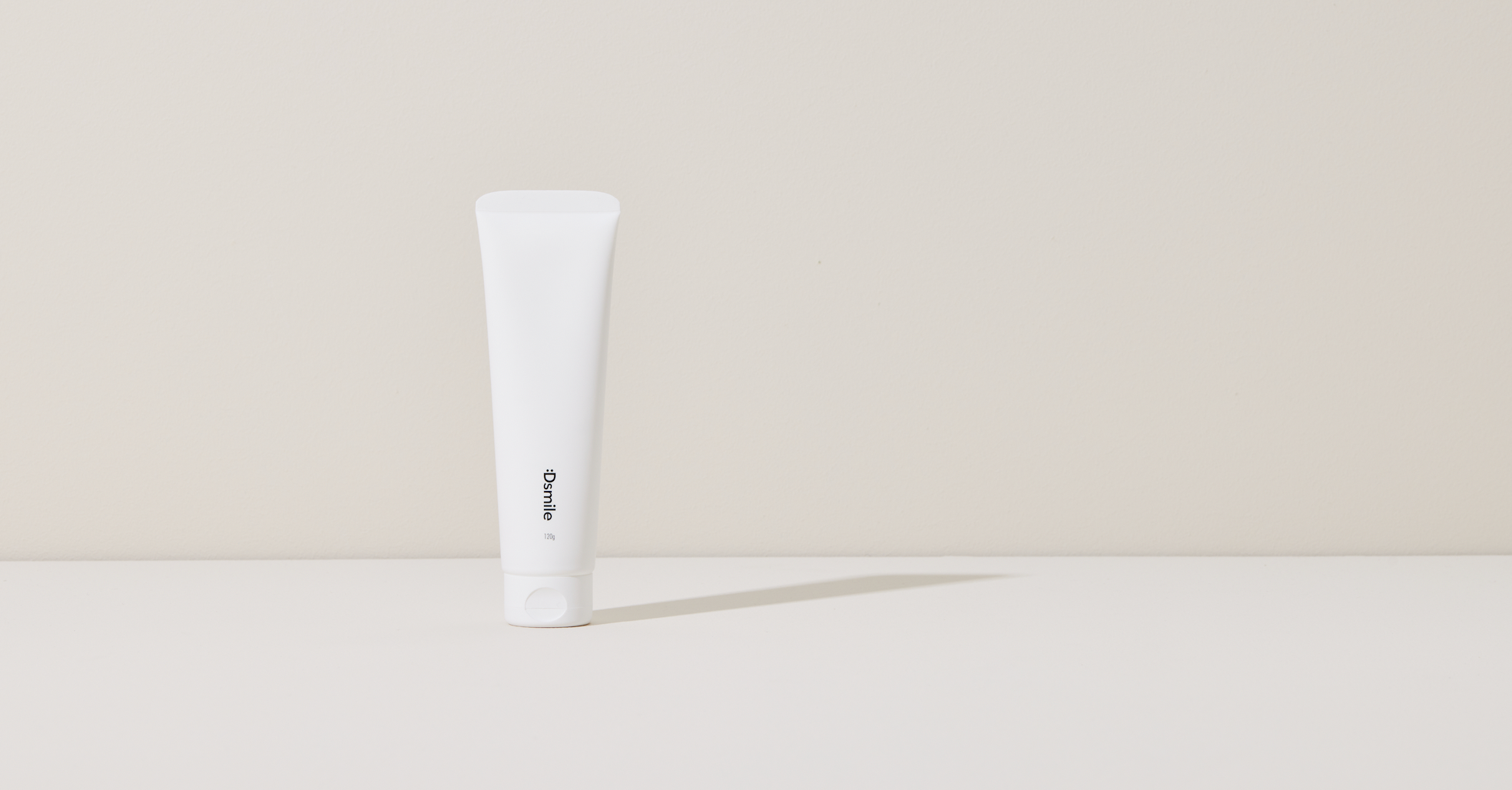
Teeth Whitening
All you need to know about whitening your teeth
Having a bright white smile is what everyone wants. Tooth whitening is a simple, minimally invasive procedure that can transform a smile within days. But it can also go wrong if not done properly or with the correct product. So, what does teeth whitening entail exactly? What are the best ways to whiten your teeth, and are there any risks involved? Read on to find out how to keep your pearly whites, pearly white.
So what is tooth whitening?
Tooth whitening is the application of a whitening agent that acts to whiten the shade of teeth. The most commonly used whitening agents in Dentistry are hydrogen peroxide and carbamide peroxide, which break down pigment molecules.
Is everyone suitable for tooth whitening?
Simple answer. No.
It is essential to understand that there is a range of causes of tooth discolouration, and tooth whitening might not be the most effective or appropriate solution.
Tooth staining or discolouration occurs most commonly via the foods and drinks we consume, such as tea, coffee and wine. However, there are several other reasons as to why your teeth may appear discoloured, and they can be broken up into two groups; external and internal.
Causes of external discolouration:
- Tea, coffee and wine
- Plaque and calculus build-up
- Smoking
- When a tooth has died
- Dental trauma
- Amalgam filling material
- Genetic tooth defects
- Fluorosis
- Tooth decay
External stains can be addressed with tooth whitening, along with regular cleaning and good oral hygiene practices at home (i.e. brushing and flossing)
Internal stains cannot and should not be addressed with tooth whitening.
This is why it is always important to consult your dentist to see if whitening is right for you, as there may be an underlying reason why your teeth may appear discoloured, which will need to be addressed separately.
Regular six monthly cleans with your dentist are essential to remove any external stains, and calculus build-up. Teeth and gums must be healthy before any whitening treatment. That means teeth free of tooth decay and gums free of gum disease.
People prone to sensitivity or who have receding gums also need to proceed with caution, as the main side effect of tooth whitening is = sensitivity! I will discuss more below.
It is also important to note that existing dental work such as fillings, veneers, crowns and bridges cannot be whitened. This is why many Dentists recommend whitening before any dental work in the "smile zone".
So, what are the ways I can whiten my teeth?
There are two main methods of tooth whitening: in-chair and take-home methods.
Generally, we recommend a combination approach for the best results; a professional in-chair whitening appointment with your dentist, followed by take-home whitening for up to 3-4 days.
Professional in-chair whitening
- Involves the application of a high concentration whitening gel (35% hydrogen peroxide) that is applied onto the teeth in several cycles for up to 1 hour in the dentist's chair.
- Most whitening systems will involve the application of a LED light which works to accelerate the gel's mechanism of action.
- Involves the application of a low concentration whitening gel (5% hydrogen peroxide) that is applied into whitening trays that are either worn for a few hours during the day or overnight for up to 3-4 days.
- Most dentists will fabricate custom-made whitening trays which provide a better fit and minimise the ingestion of whitening gel.
The whitening products dentists use and provide their patients have been scientifically proven to be safe and effective with proper use. There are various brands available, but the main thing is to purchase whitening products as recommended by your dentist and follow the specific manufacturer instructions, as each varies slightly in application times.
Other at-home products, such as whitening toothpaste and whitening strips, are also available on the market; however, they aren't as effective. Whitening kinds of toothpaste have added abrasive particles, which can cause teeth to wear down over time and hence not recommended for daily use.
What is the process of a whitening appointment?
Here is what to expect from a professional in-chair whitening appointment.
- Firstly, the teeth are given a polish to remove any external stains which may be present.
- Cheek retractors will be placed to pull the lips and cheeks away from the teeth.
- A gum barrier will be applied to protect your gums during the procedure.
- A high-concentration whitening gel is then applied to your teeth.
- An LED light is then placed over your mouth.
- 8-minute cycles are performed where the gel is removed and reapplied for up to 60 minutes, depending on the whitening system used.
Are there any limitations to tooth whitening?
Yes, and it's best to be aware of these before you have sky-high expectations before your appointment.
The final shade or brightness cannot be predicted.
Yes, your teeth will whiten, but how much cannot be pre-determined.
Both in-chair and take-home whitening, plus following the instructions and steps from your dentist, will give the best chance of achieving the whitest shade possible.
Existing dental work cannot change in colour.
As already discussed, it is important to note that existing dental work such as fillings, veneers, crowns and bridges cannot be whitened.
Are there any risks associated with tooth whitening?
Unfortunately, yes.
- Sensitivity
This is very common and resolves within a few days. Those with gum recession will tend to experience more sensitivity. We usually recommend using sensitive toothpaste for a week or until symptoms ease.
- Irritation and burns to the gums
This can also occur and is more commonly seen with the inappropriate and excessive use of at-home products purchased off the internet. This is why professional whitening under the guidance and care of a dental professional is so significant.
Always consult a Dentist before undergoing any whitening procedure.
One, to ensure you are suitable for tooth whitening.
Two, to ensure you will be using the right products in the right manner under the guidance of a qualified dental professional. This will ensure the best results with the greatest safety.
And I'll end with this fun fact: Did you know that in Australia, only a dental practitioner may provide or apply products that release more than 6% hydrogen peroxide?
So that's a no-no to beauty salons. Basically, whitening gel should be seen as a drug that is prescribed by a dentist only. We are called doctors for a reason.





Leave a comment
This site is protected by hCaptcha and the hCaptcha Privacy Policy and Terms of Service apply.